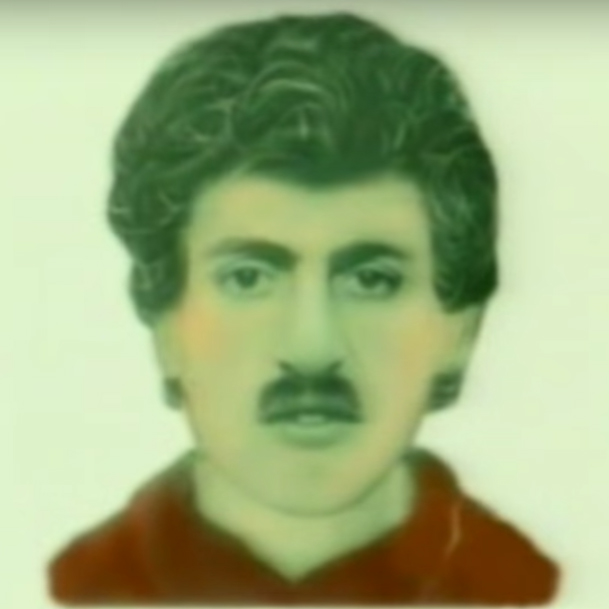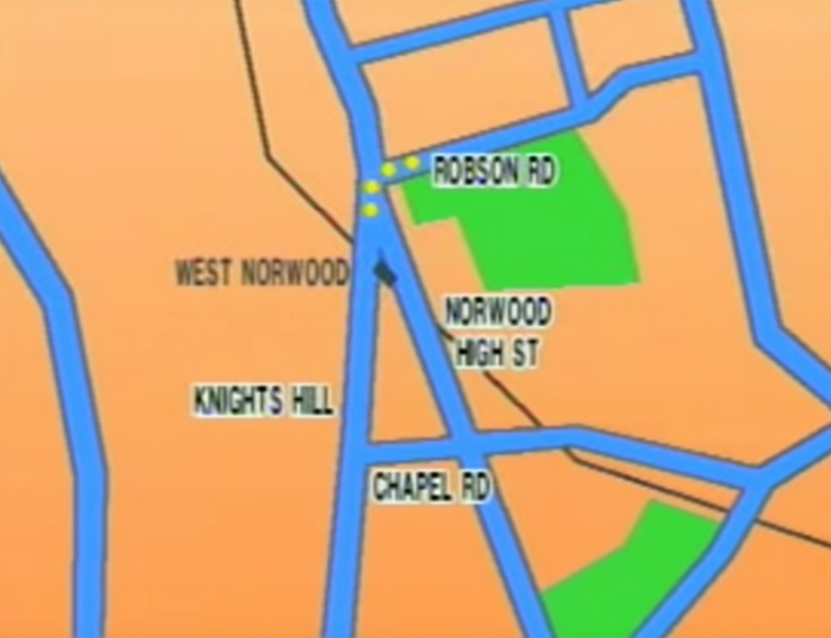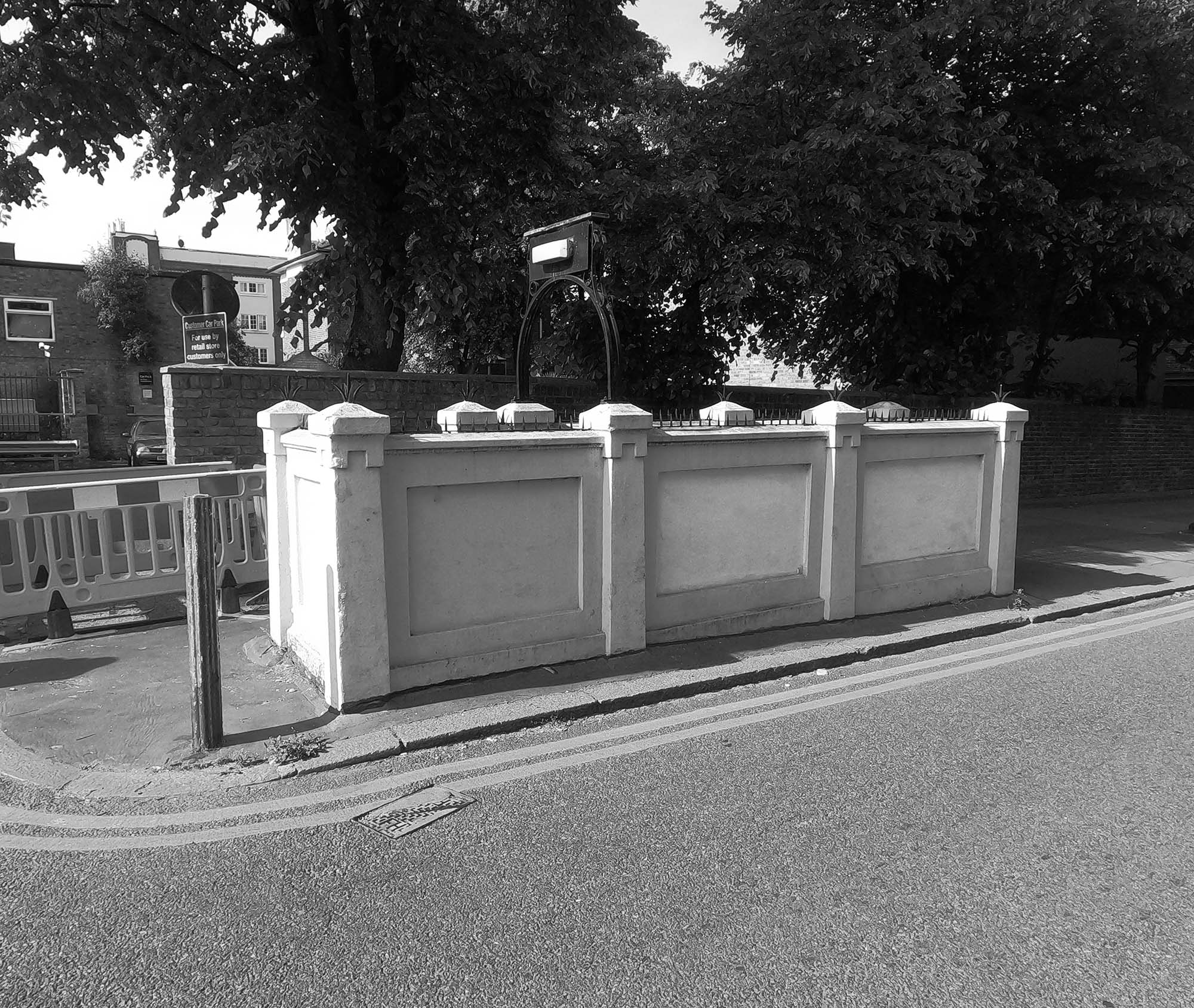

Age: 44
Sex: male
Date: 11 Mar 1989
Place: Robson Road, South Norwood, London
Patrick Byrne was clubbed over the head in Robson Road, Norwood in the early evening of Saturday 11 March 1989.
He was Irish and had just come over from Tulla, County Clare in Ireland to look for work. He was a woodworker. He left Tulla in November 1988 after failing to find work locally. He had recently finished several interrupted spells of employment with Clare County Council and when he arrived in London, he worked on London building sites and sent money home to his wife on a regular basis.
He had been in London for a few months when he was attacked in Robson Road, South Norwood by a youth with a wooden plank in broad daylight. Witnesses said they saw a youth clubbing Patrick Byrne over the head. The youth was described as:

Patrick Byrne was said to have screamed out for help when he was attacked.
His post mortem revealed that he had died from head injuries.
There was no known motive.
Patrick Byrne had been dressed in a blue suit on the day he was murdered.
He had been drinking in the Bricklayers Arms in Chapel Road, West Norwood and had left at about 5.20pm to walk home. It was said that he would have either walked down along Knights Hill or Norwood High Street towards Robson Road where he was seen by a witness.

The witness said that Patrick Byrne was being closely followed by a young man in a beige jacket and blue jeans. The witness said that the young man then followed Patrick Byrne in some underground gents’ toilets and that when they came out there was an argument and a scuffle and that it appeared that Patrick Byrne had torn the man's jacket. It was said then that Patrick Byrne walked away but that the man jumped into a garden, got a piece of wood, a short piece of 2 by 4 timber, and then chased Patrick Byrne and beat him to death with it.
After beating Patrick Byrne to death, the young man was seen to then casually walk off still holding the piece of wood. A witness said that they tried to follow the young man but lost site of him when he turned left into Chancellor Grove off of Robson Road.
However, it was said that a while later, at about 6pm, two youths saw a similar youth walking back up Knights Hill, beyond Chapel Road where the Bricklayers Arms was. They said that the young man appeared angry and was walking along with the piece of timber in his hand.
He died an hour later from his injuries.
Patrick Byrne had been staying with his mother in Dekker Road in Dulwich at the time.
In December 1996 a Scottish postal worker went to the police and admitted murdering Patrick Byrne but soon after retracted his admission. He was tried at the Old Bailey, but the judge ruled his confession unreliable and he was acquitted. The judge further noted that there were clear discrepancies and inconsistencies between what the Scottish postal worker had said and the witness statements given in 1989.
The man's defence stated that under Section 78 of the Police and Criminal Evidence Act that the man's statement should be excluded on the grounds that it was unreliable, noting that his confession was the only evidence that implicated him in Patrick Byrne's murder.

Discrepancies included the fact that the postal worker was Scottish, and the murderer was said to have had a cockney accent. The Scottish postal worker said that he had been involved in a fight in the Builders Arms in Leslie Park Road, Croydon that had spilled out into the street during which he had hit Patrick Byrne and it was noted as fact that the Builders Arms was three miles away from where Patrick Byrne was murdered. It was also heard that the Scottish postal worker had said that after he saw a photofit of the murderer in the newspaper that he had shaved his head, destroyed his clothes and then left for Scotland. However, witness statements said that the murderer had been clean shaven whilst photographs of the Scottish postal worker showed that he had had a moustache.
The court also heard that the Scottish postal worker suffered from depression, anxiety and agoraphobia and had been receiving treatment and was known for confessing to the murder to his wife whilst drunk and that it was thought that he might have believed at times that he had done so and that that had clouded his behaviour and mental state over the years, leading him to going to the police over the matter.
Patrick Byrne had two sons and a daughter.
see Evening Herald (Dublin) - Monday 13 March 1989
see Irish Independent - Monday 13 March 1989
see Youtube